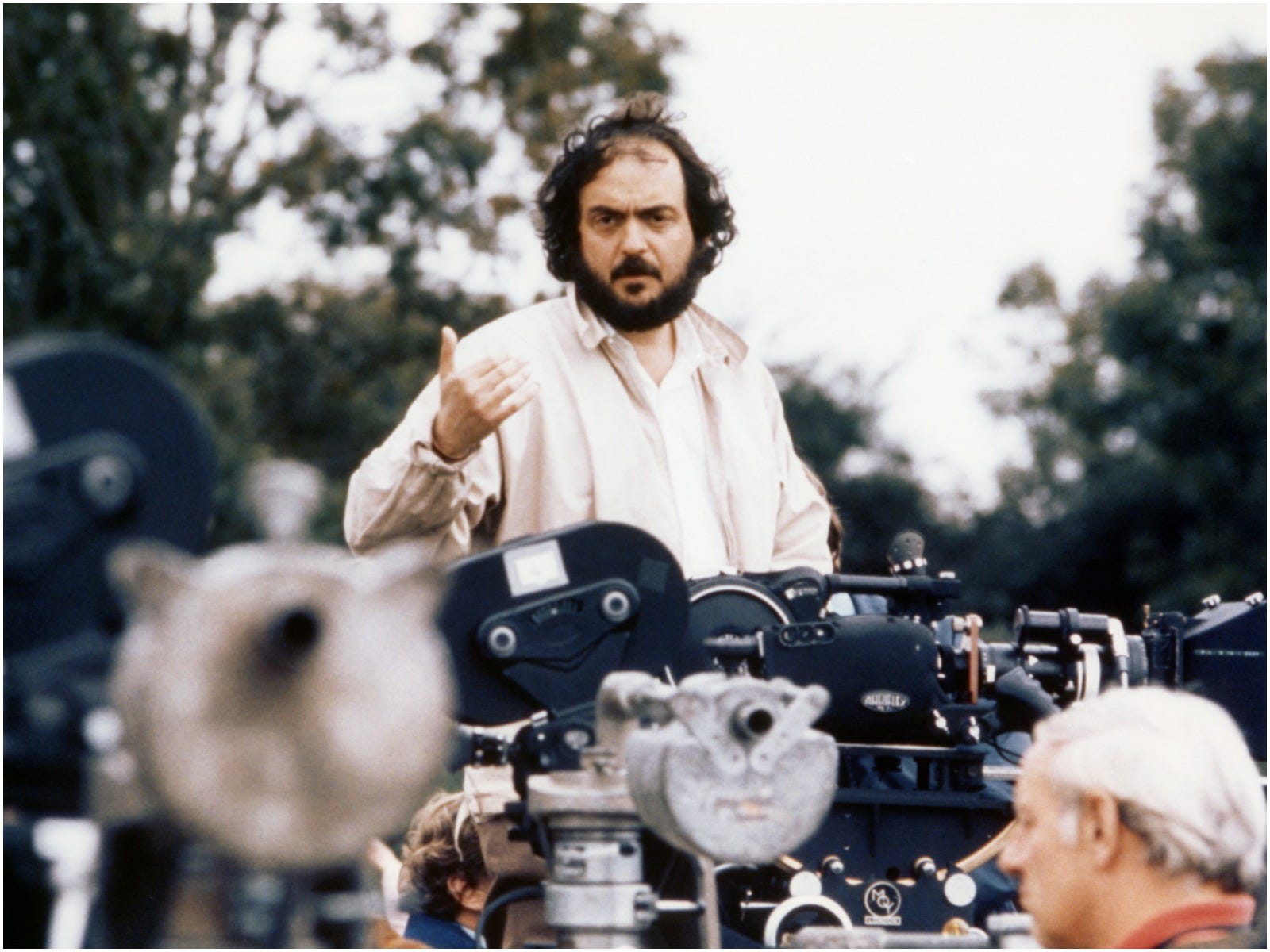
Sunset Boulevard/Corbis via Getty Images
- A visual effects artist who worked on “2001: A Space Odyssey” told Insider that the recent monolith findings “would’ve blown” Stanley Kubrick’s mind.
- “Stanley would’ve been really quite excited about this I’m sure,” Joy Cuff, who created “2001’s” classic moon sets, told Insider.
- Several metallic monoliths have been found by people across the world. The most recent was a 7-foot sculpture pictured on a beach in the UK.
- Visit Insider’s homepage for more stories.
Since early November, people across the world have been stumbling across mysterious metallic monoliths. The first was found in Utah followed by another in Romania, which quickly and mysteriously disappeared.
The origins of the monoliths remain a mystery, but since the first sighting, people have inevitably called back to Stanley Kubrick’s seminal 1968 film “2001: A Space Odyssey,” which features a series of monoliths as a sign of extraterrestrial life.
And Joy Cuff, who worked with Stanley Kubrick on “2001: A Space Odyssey” as a visual effects artist, told Insider that the recent discoveries “would’ve blown” the legendary director’s mind.
“Stanley would’ve been really quite excited about this I’m sure,” Cuff told Insider during a phone call earlier this week. “It would’ve been amazing. Imagine this had arisen when we were doing this in ’66 or ’67. I think it would’ve blown his mind actually. It’s quite something.”

Metro-Goldwyn-Mayer
‘It does make you think why should we be the only people?’
Joy, who was only 21 when she was hired by Kubrick to create the film’s distinct moon sets, said Stanley “would’ve found it really very interesting,”
"In the archives, there's all the research that he did on all the UFO sightings, and he used to look up lay lines. He was interested in it," but Joy said she finds the discoveries "kind of shivery."
"I think blimey," she said. "I was looking at the one in Romania, and it's in the open air. And you think how did somebody or anything appear there and nobody else saw it arrive? It does make you think, why should we be the only people? And we are making such a mess of everything now anyway. Somebody might come along a wipe us out."

The Utah highway patrol
"2001" was first released in April 1968 and was produced and directed by Stanley Kubrick from a script written by both Kubrick and the legendary science fiction writer Arthur C. Clarke.
At the time, "2001" was largely panned by influential critics like Pauline Kael who said the movie would end Kubrick's career, but today the film is considered one of the most important productions ever made, largely thanks to its technical mastery and scientific accuracy. At the time of filming, humans had yet to reach the moon.
"We had to make decisions like: 'How's the moon?' Is it soft or is it dust? Is it hard?" Joy said. "We used to have these big meetings with Stanley and the production designer, and we'd talk about what we thought or felt."
Cook's friend made the creepy Star Child for the movie's ending

ISABEL INFANTES / AFP via Getty Images
Joy also gave Insider some insight into how Kubrick crafted the film's mysterious ending with the now-infamous "Star Child" figure.
She said that one day while watching the film's daily rushes, Stanley turned to her and said: "'Oh jee Joy, we really don't know how to finish the picture."
"I thought, 'What?'" she said. "I couldn't say anything, but when I left I thought what on earth does he mean." But Joy says Kubrick later asked her whether she knew of any young sculptors that could work on the film.
"I had a very good friend," she said. "We were at school and art school together, and she was a struggling sculptor then working in greengrocers and doing sculpture at night time. So I gave him the name and she arrived and the rest is history. She produced the star child."
Read More:
A fifth mysterious monolith has appeared on a beach on the Isle of Wight in the UK
10 surprising things you probably didn't know about the making of 'The Shining'
Before Stanley Kubrick Was Famous He Took These Stunning Photos Of New York In The 1940s
